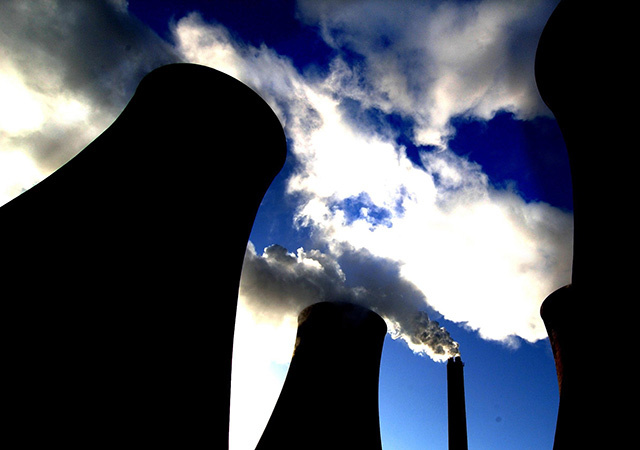
The squeeze on electricity supplies is less severe than expected this winter due to more coal power on the system, a report from National Grid shows.
The company’s winter outlook report said the gap between total electricity generating capacity and peak demand could fall to 1.1% at the height of a cold spell, but action to ensure supplies would mean the margin was at 6.6%.
The situation is better than predicted in July, when the margin looked set to fall to 0.1% without action, and to 5.5% with measures such as keeping power stations in reserve that would otherwise be closed or mothballed.
A final report on the winter outlook said the improved margin was down to Eggborough coal fired power plant, which will run one of its unit in the wholesale electricity market, keeping an extra 430 megawatts (MW) of capacity online.
In addition an outage in an “interconnector” – cables which supply electricity between the UK and other countries – to Ireland means less power will be exported to Ireland this winter.
As a result, the electricity margin will be “tight but manageable” this winter.
The measures National Grid is taking to ensure supplies only involve paying to ensure extra power is available and do not include payments to reduce demand, for example by getting large users to turn down consumption at times.
The figures come after environmental campaigners called for a major drive to switch to highly efficient LED lighting in homes, street lights and offices, which they said would reduce peak winter demand and curb fears about blackouts.
Research by energy analyst Chris Goodall and backed by Greenpeace suggested that a total switch-over to LED light bulbs in homes could reduce peak demand by 5%, or 2.7GW.
Changing street lights over to the new technology would save a further 0.5GW, while offices and other commercial buildings moving to LEDs could save a further 4.5GW, the research suggests.
Power margins in winter have tightened in recent years, as coal fired power stations close, and the Government has pledged to phase out all polluting coal plants by 2025, as long as new gas power can be built to fill the gap.
Over the last six months, solar power has outperformed coal, but cannot be relied on to help meet demand in the depths of winter. Wind turbines tend to generate more power in winter but can be intermittent.
Recommended for you
